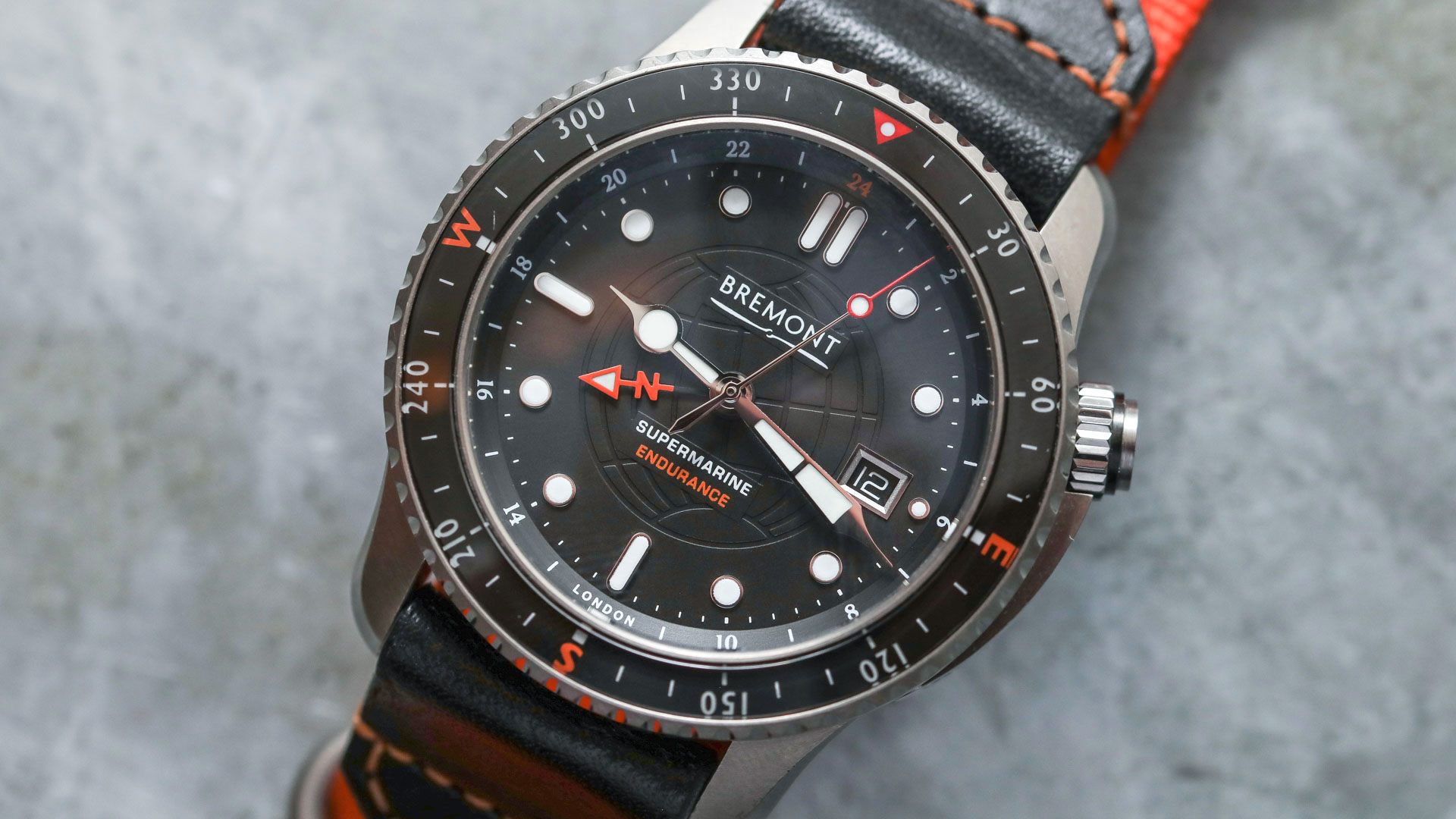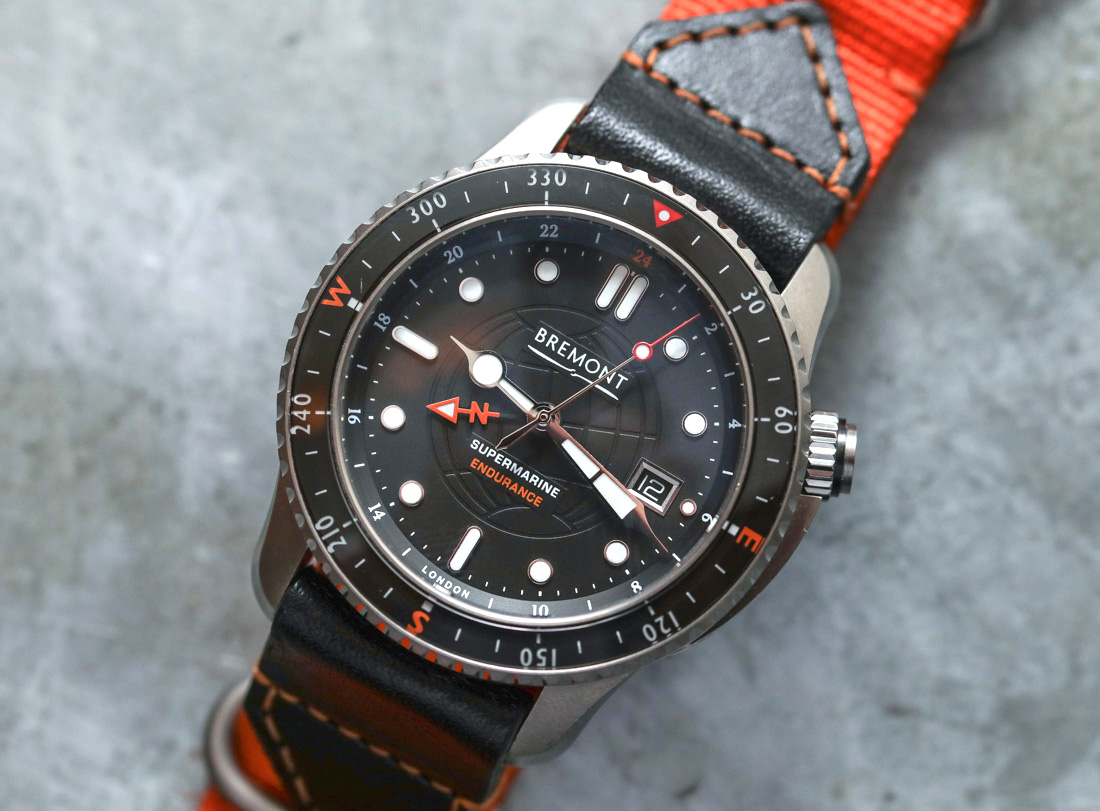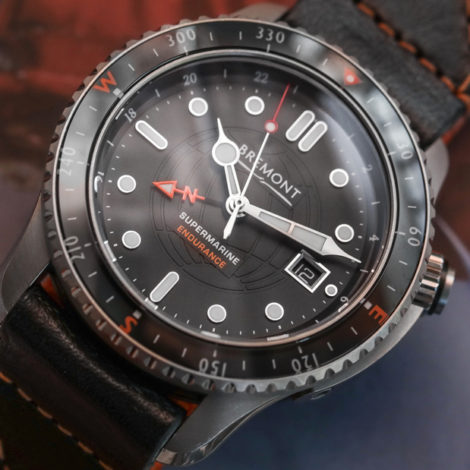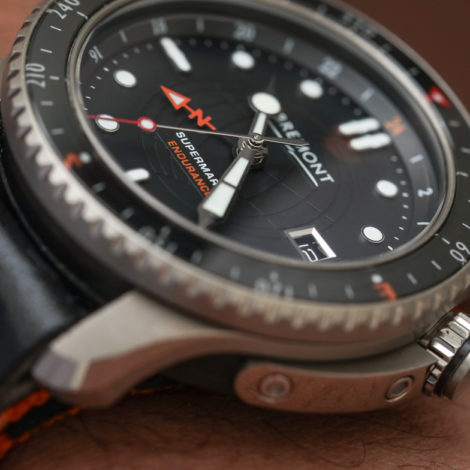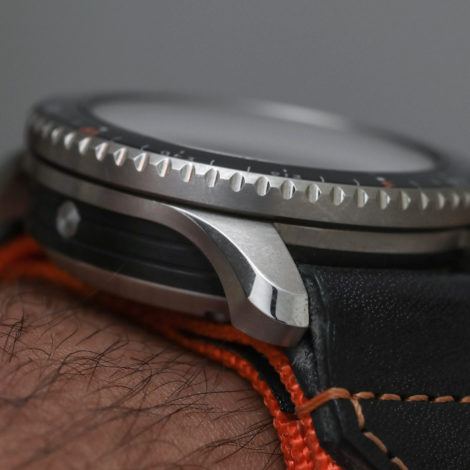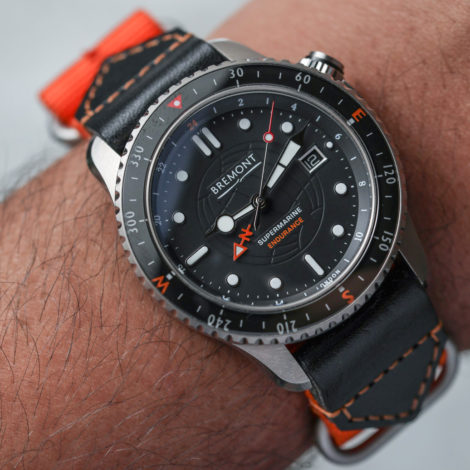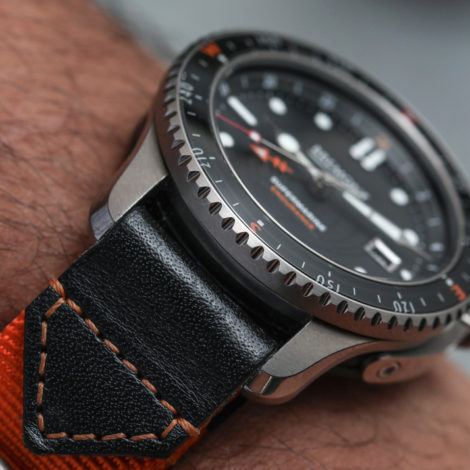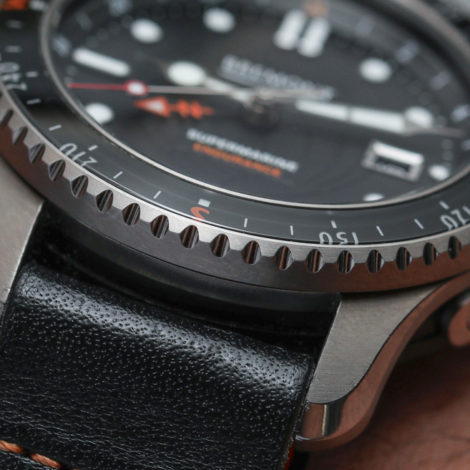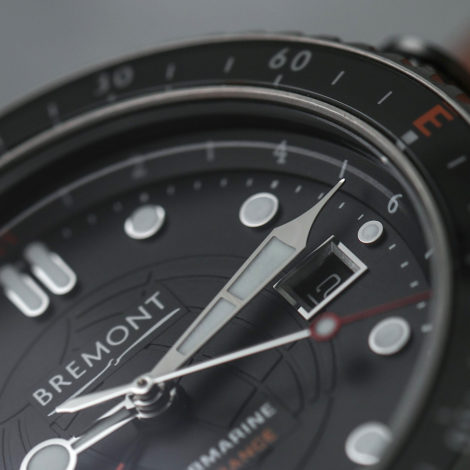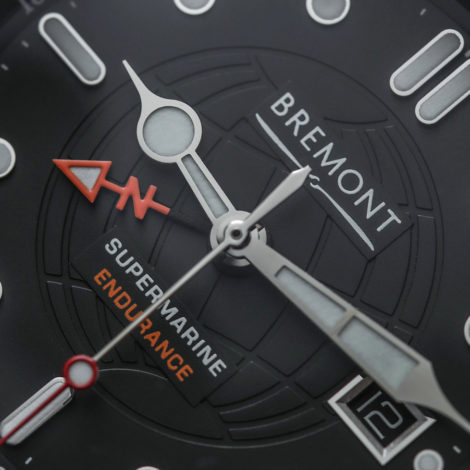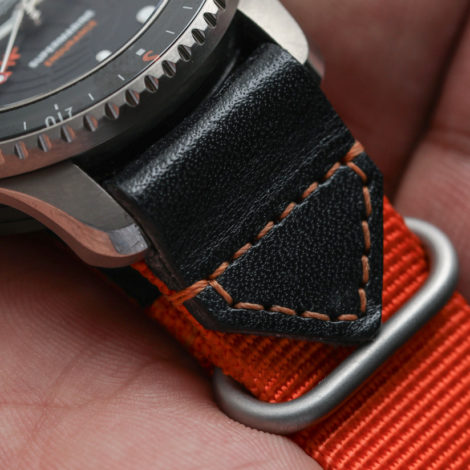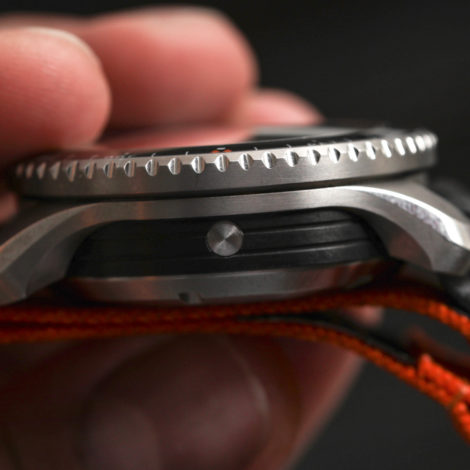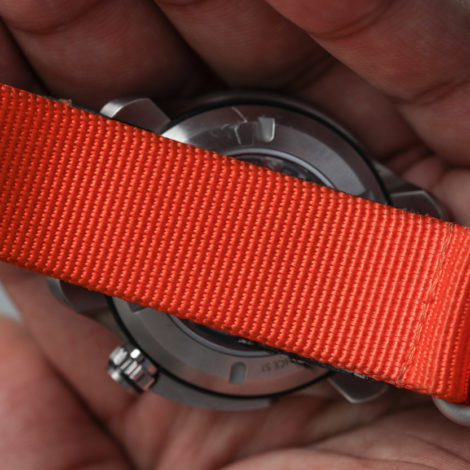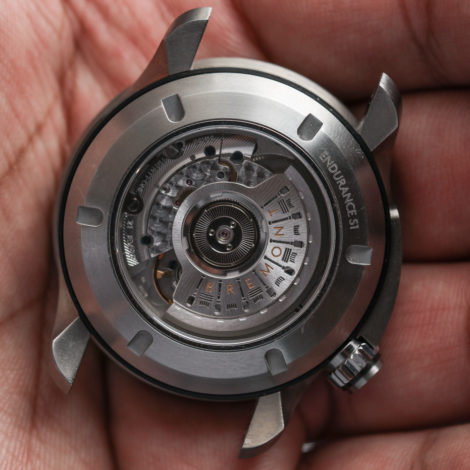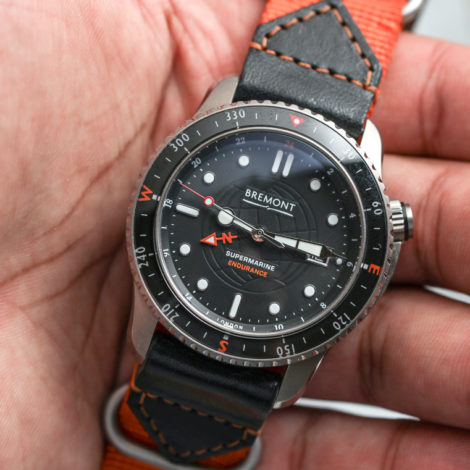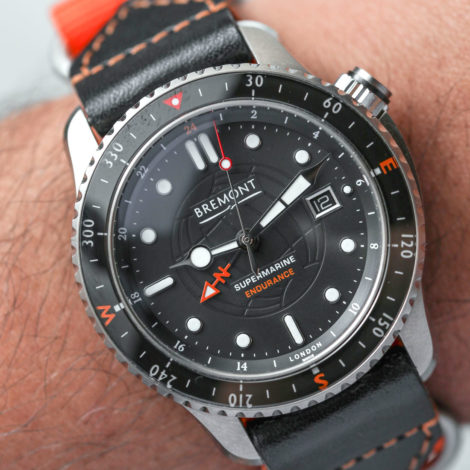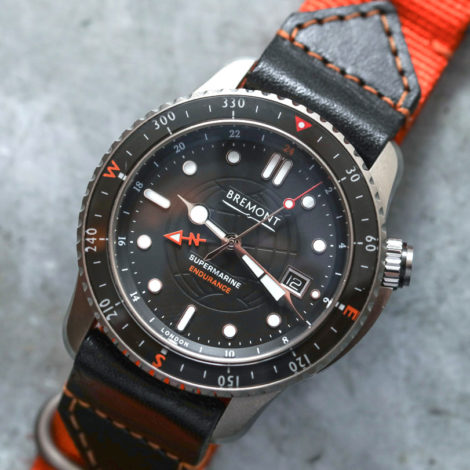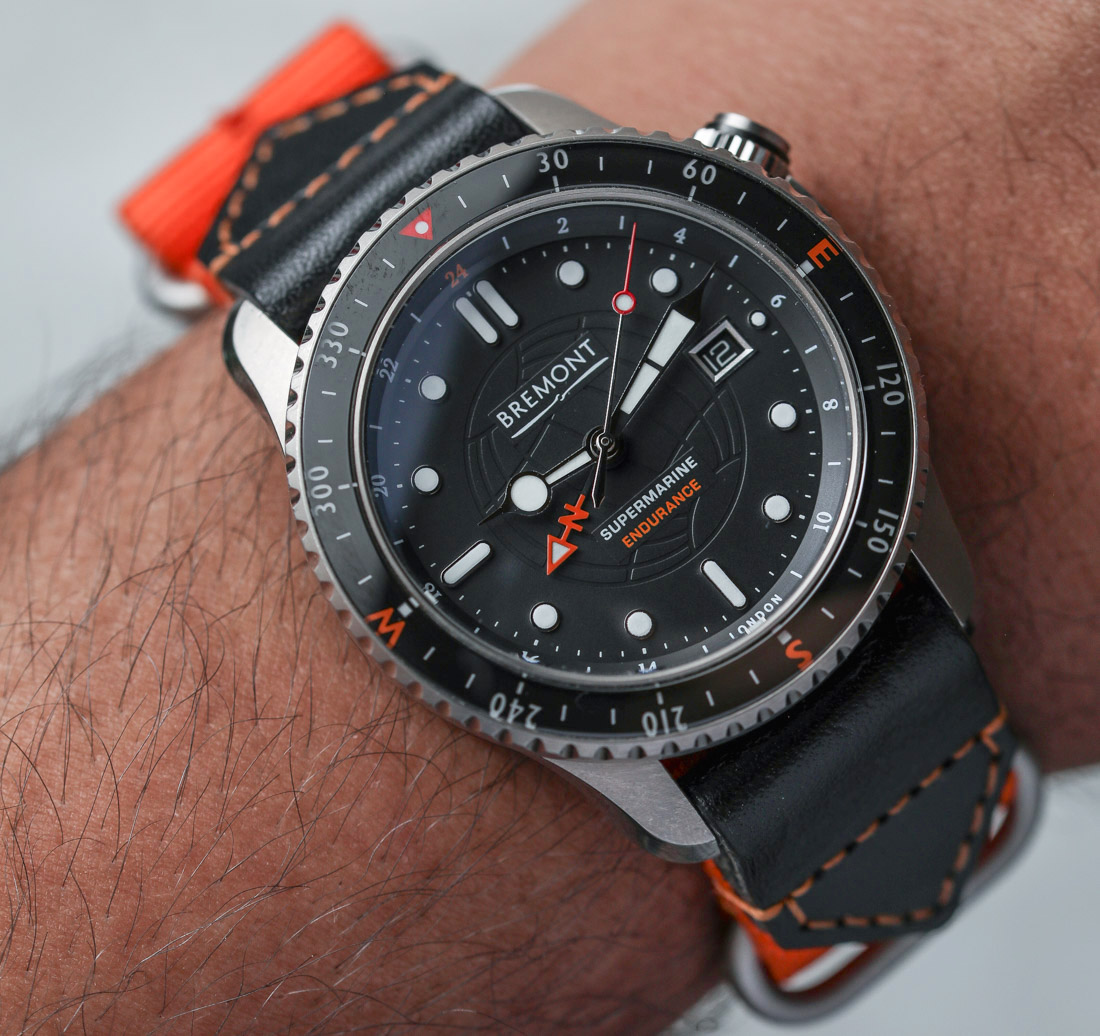
There’s an absolutely riveting piece of journalism recently published in the New Yorker about British Army Officer Henry Worsley’s solo trek across Antarctica in 2015. As the story recounts with exhaustive detail, Worsley is a bit of a fanatic, as one would expect from someone who voluntarily undertakes a 1,000-mile journey across the planet’s most brutal environment – by himself. But his obsessions are grounded in the singular goal of quite literally following the footsteps of childhood hero Ernest Shackleton, who attempted the same route 100 years previously, ultimately falling just short of the goal. Spoiler alert: Worsley tragically perished just before the home stretch, leaving the route still unconquered. This is basically where the Bremont Endurance story begins – as this new watch was designed specifically for a third expedition that would again challenge the same route, but this time by Worsley’s close friend; fellow Englishman and polar explorer Ben Saunders.
Now, the last time we saw this watch, it was called the Terra Nova, unveiled in a tent upon completion of Saunders’ previous polar expedition in 2014 – a two-man trek along the 1,800-mile Terra Nova route from the coast of Antarctica to the South Pole and back. Like the Endurance, the Terra Nova was somewhat purpose-built for Saunders’ record-breaking trek, and included details like a bidirectional rotating navigational bezel, a 24-hour GMT hand (which not only tells a second time zone, but is used in conjunction with the bezel to indicate bearing – more on that below), ample shock resistance, and most importantly, a lightweight titanium case – weight savings which are particularly important for the types of guys who snip the tags out of their clothes and cut off toothbrush handles to save pack weight.
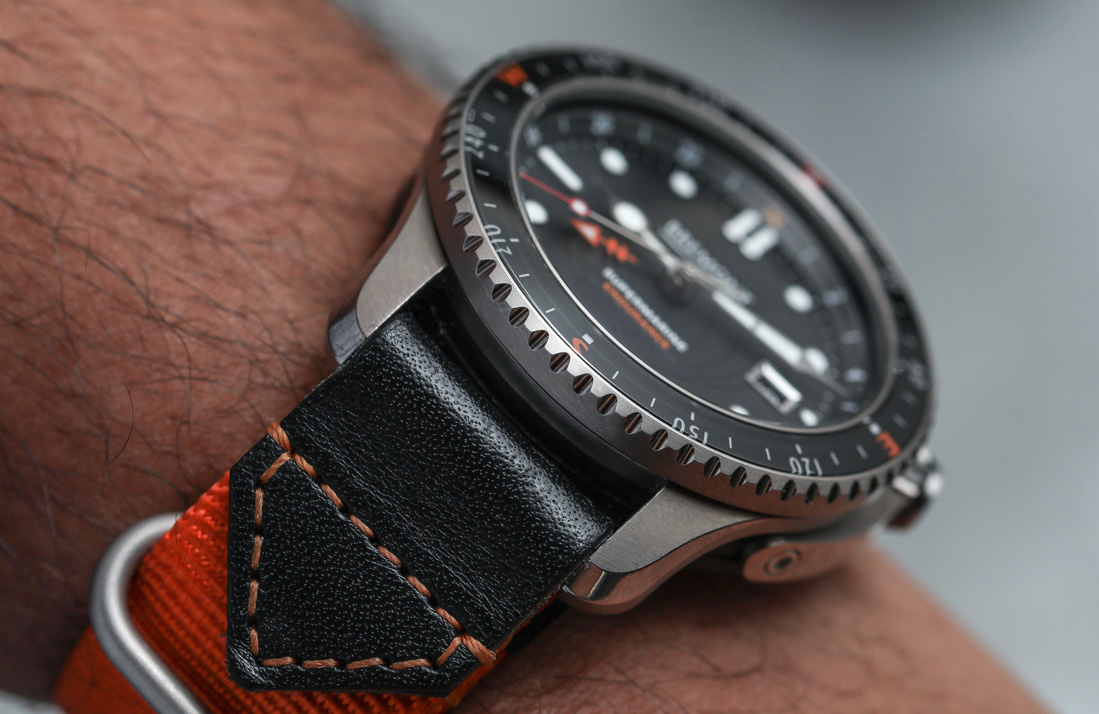
Whether or not you buy into the fact that there are far more practical or attainable adventures around which a watch could be designed, or the fact that a redundant timekeeping device adds unnecessary weight to an expedition where the razor-thin line between success and failure could be measured in the number of grams being hauled in a sled across hundreds of miles of glaciers. There’s no denying it’s the sort of thing that still enraptures one’s imagination, and the very types of stories that Bremont as a brand has endeared itself to.
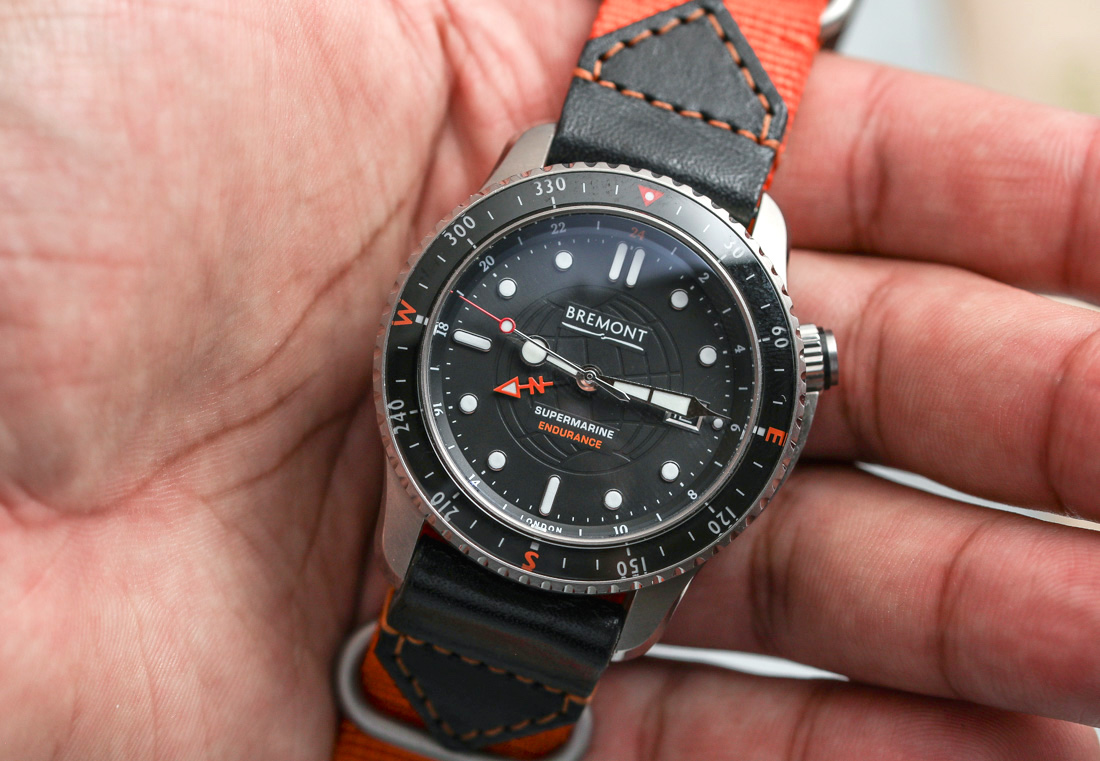
Just as I did with the Terra Nova, I appreciate the fact that the Endurance is still by and large, a rudimentary, but somewhat practical fail-safe, in a similar manner as a traditional dive watch that might be worn by tech divers. After all, two is one, and one is none, right? Granted, Saunders might not have had the luxury of being able to carry multiple redundancies for everything in his kit, but navigation was crucial enough to have a backup option should his GPS unit have an issue. And with ambient air temperatures hovering at a balmy 40 degrees below zero most days, sluggish LCD screens and dead lithium ion batteries were a very real concern.
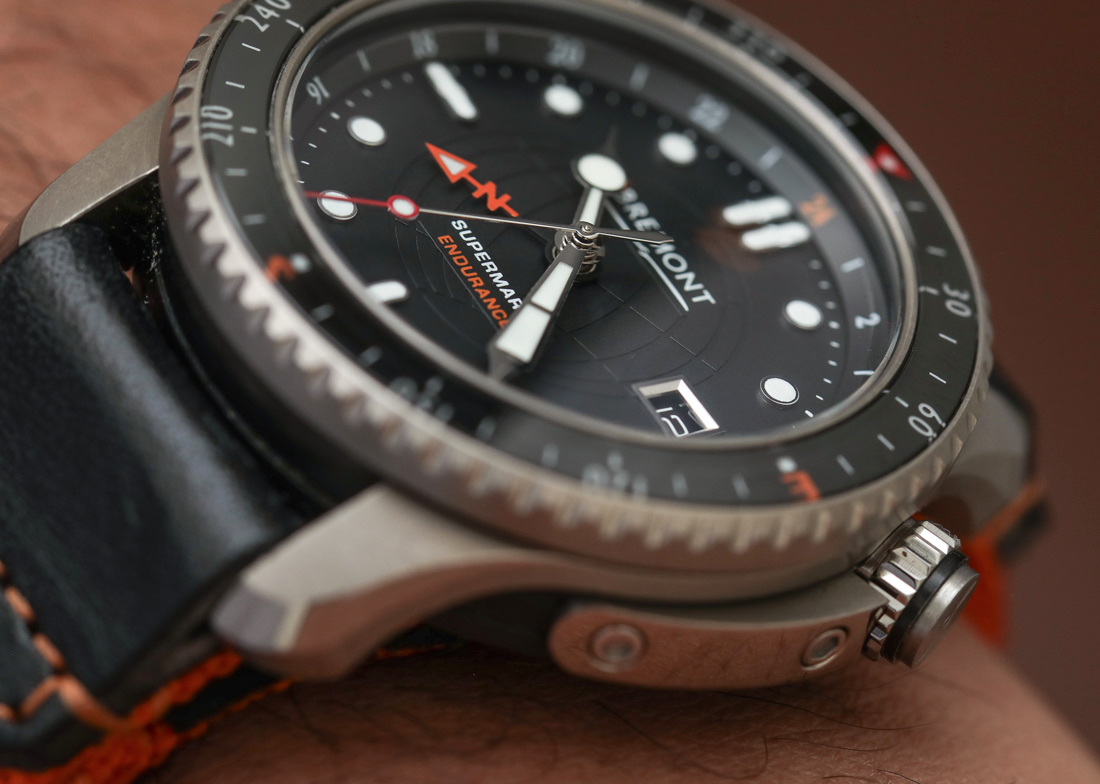
Using an analog watch as a navigational tool is little more than a neat boy scout trick, but it’s one made considerably easier with a rotating compass bezel and 24-hour or GMT hand, as found on the Bremont Endurance. To stay on course in the Northern Hemisphere, all you need to do is set ‘North’ on the bezel to 12:00. Then, with the dial level to the horizon, point the 24-hour hand in the direction of the sun – each of the bezel demarcations should point South, East, and West. Those in the Southern Hemisphere reverse the instructions slightly, by first matching the bezel’s ‘North’ mark to the 24-hour hand, then pointing the 12:00 marker on the dial at the sun, whereupon the bezel points will again call out their respective cardinal directions.
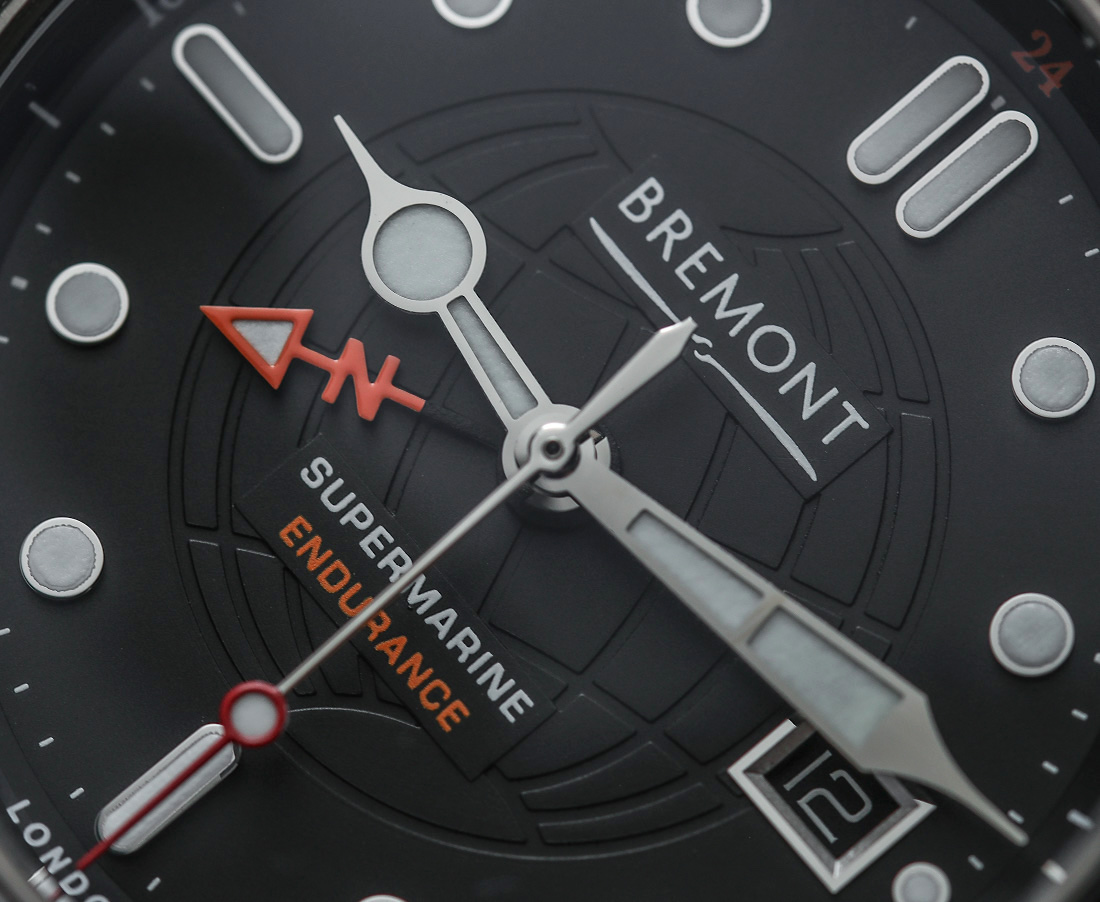
Speaking of that GMT hand, there have been a few key aesthetic changes to the Endurance that distance it from the Terra Nova – perhaps most obviously being the orange 24-hour indicator with its oversized ’N’ – an oddly divisive detail that just seems unnecessary, given there was nothing really wrong with the Terra Nova’s classic arrow-shaped hand. A closer look reveals a dial that’s been nicely opened up though, thanks to the omission of the railroad minute track encircling the center globe motif, and the use of smaller, more rounded hour markers. The latter is a detail that’s consistent with the rest of the new Supermarine collection, which leans more towards a clean, minimalist approach, unlike the ‘maxi’ dials on the first-generation Supermarines. And though there was nothing inherently wrong with the caseback on the Terra Nova (its “there and back” engraving was actually quite cool) the Endurance also gets an exhibition caseback at Saunders’ specific request, through which the slightly upgraded (with a Glucydur balance, Anachron balance spring, and a Nivaflex 1 mainspring) ETA 2893 movement is visible.

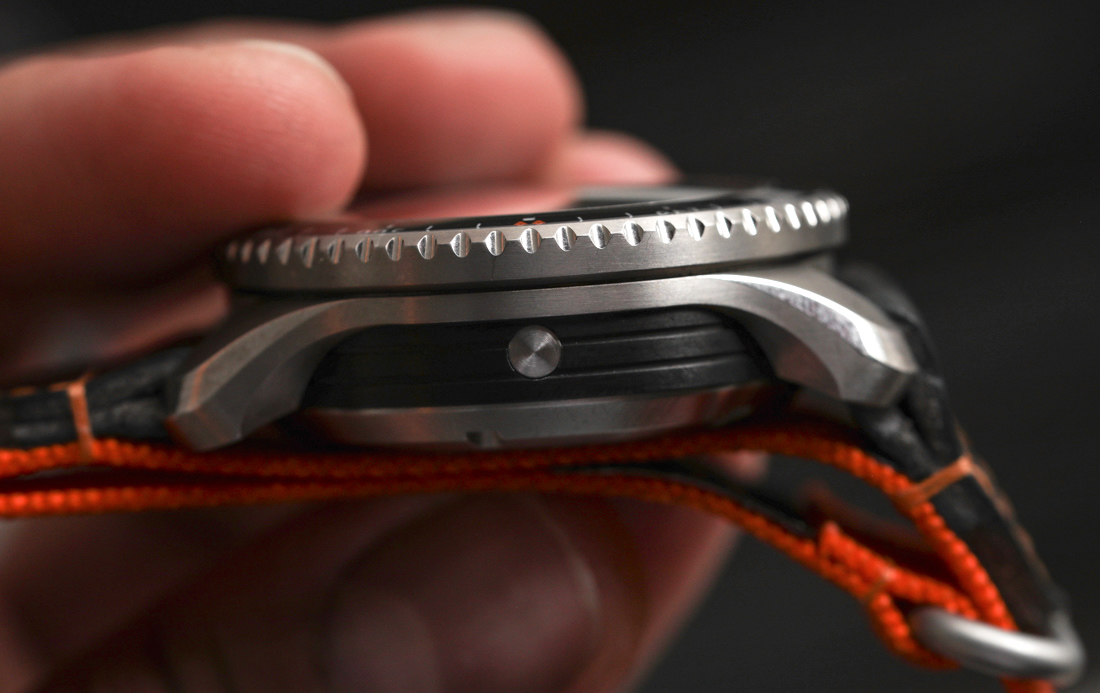
There is one superfluous detail on the Bremont Endurance that had no bearing on either of Saunders’ expeditions – and this is a helium release valve. While certainly an odd inclusion on a polar expedition watch, it’s a standard feature on the rest of the Supermarine collection upon which the Endurance is based, so its presence is at least understandable. Besides, there’s no denying that a rugged, and highly legible dive watch with GMT timekeeping abilities might have slightly broader appeal for actual saturation divers who spend weeks at a time in a cramped helium-rich chamber while deployed. No matter which tiny audience appreciates the feature, it’s still a niche, so let’s move on.
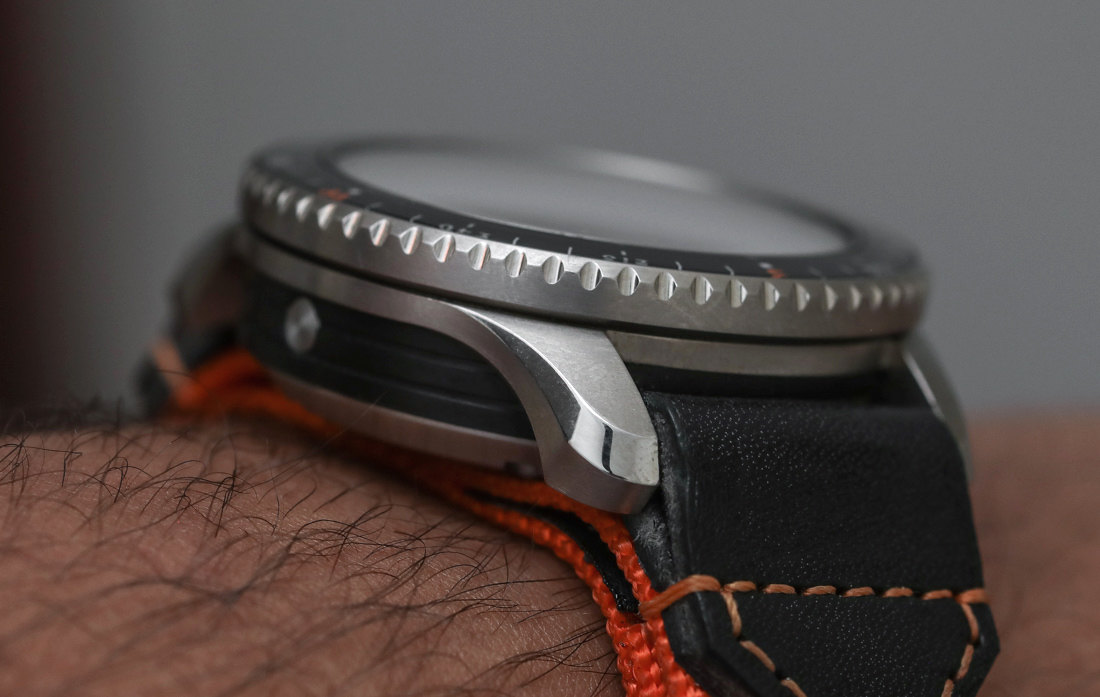
Since the Endurance (and by extension, the Terra Nova) is essentially a Supermarine S500 in titanium, it borrows an identical case silhouette, which measures a very modern 43mm by 17mm thick. Between the super-comfortable integrated rubber strap and excellent lightness of the titanium case, the 17mm thickness of the Terra Nova and its generous 51mm lug-to-lug measurements still all but disappeared on the wrist. Unfortunately, that’s not quite the case with the Endurance, whose new NATO-style strap adds another two or three millimeters to its wear height. Again, probably not an issue when worn outside a heavy parka as Saunders did, but for those interested in the Endurance for everyday adventuring, Bremont’s excellent integrated rubber strap should absolutely be a consideration.

Spoiler alert number two: Saunders didn’t make it all the way across Antarctica either, but thankfully, he prudently pulled the plug at the halfway mark and lived to tell the tale, leaving Shackleton’s incredible route still uncompleted. As with the Terra Nova, the Endurance is limited to 300 pieces, and is similarly priced, at $6,395. bremont.com

